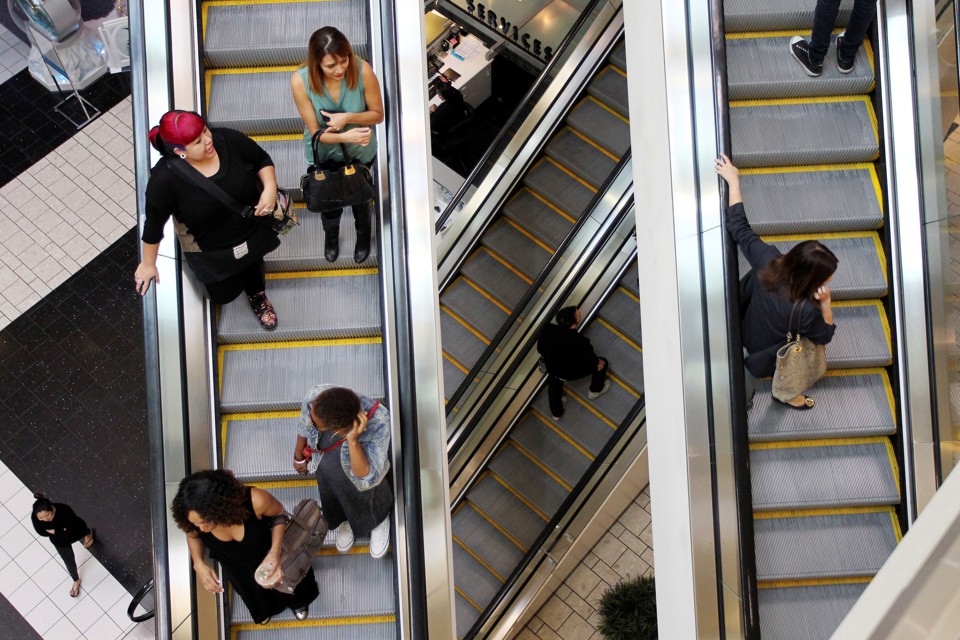
A barrage of U.S. economic data was released this week, including statistics on the state of the housing market, consumer-confidence figures, and numbers that show the spending and income of Americans. The data show that, while Americans might be optimistic about the job market, there could be a gap between economic expectations and economic reality.
There’s reason for both optimism and caution. For instance, hiring numbers have been fairly steady, and Americans are buying houses despite the Fed’s recent interest-rate hike. The S&P/Case-Shiller U.S. national home-price index, which looks at housing prices in 20 cities, saw a 5.9-percent increase. According to a report by the National Association of Realtors, the demand for housing is strong: Its pending home-sales index, which looks at contracts signed in February, jumped 5.5 percent to a 10-month high. Experts believe that the strong housing numbers are because people believe the labor market is strengthening.
Initial unemployment claims are another reason for optimism: The number of Americans filing new unemployment claims dropped to 258,000 last week. While that decline is less than anticipated, these initial claims have been below 300,000 for over 100 weeks. That’s the longest streak at that level since the 1970s, and the figure is at its lowest level in four decades. The decline in claims suggests a healthy labor market, and is often seen as a proxy for companies avoiding layoffs. But the fact that the indicator isn’t falling as much as expected has experts questioning whether the labor market might be losing momentum.
Consumer-confidence figures—which measure how Americans feel about their economic future—provided similarly mixed messages: On Tuesday, the Conference Board reported that consumer confidence was at a 16-year high.*However, the University of Michigan’s Consumer Sentiment Index, which measures consumer confidence via phone interviews, showed a lower-than-expected reading.
Richard Curtin, the chief economist in charge of the Consumer Sentiment Index, explained that while better paychecks and job prospects for the U.S. labor market, along with low inflation, are making consumers optimistic, there’s a flip side as well. According to Curtin, the index hasn’t risen as much as expected in part because of the political climate. “It is a rare situation that combines increasing optimism, which promotes spending, and rising uncertainty which makes consumers more cautious spenders,” Curtin wrote about last month’s reading.
The same can be said for data released by the Commerce Department this week on income and spending. Personal income rose 0.4 percent, and savings also increased last month. But the spending of U.S. consumers barely edged up, increasing only 0.1 percent. There are some theories about why spending has been weak in the face of improving confidence. Some have pegged February’s paltry gains to the delay in tax refunds this year. If that’s true, the arrival of those refunds and high consumer confidence could mean that lackluster spending is a be temporary problem.
The Commerce Department report also included inflation numbers, which are being closely watched as the Fed starts raising rates. Inflation has been gaining strength, registering 1.8 percent in the last 12 months. That’s the highest reading in four years but still below the Fed’s 2-percent target.
Many economists are eager for more data that can help determine whether Americans’ growing optimism is warranted. To be sure, a tightening labor market and rising paychecks, reflected in the data released this week, are promising, but there’s still plenty to be concerned about.
[“Source-theatlantic”]




